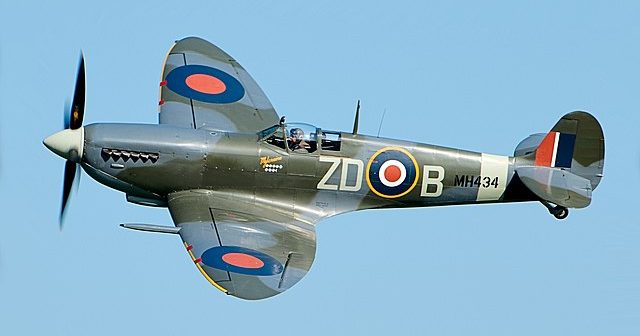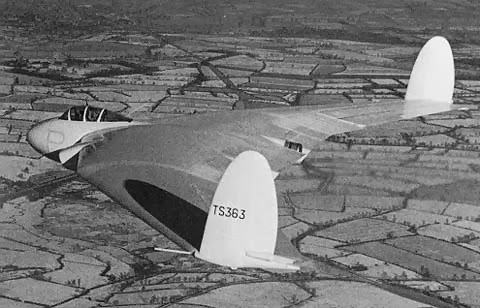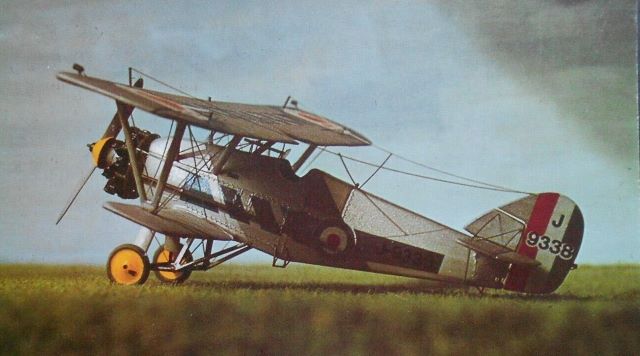
Monday, 15th September, was Battle of Britain Day.
It’s the day we pay tribute to the courage of the pilots who, fighting against overwhelming odds, won the battle. We also remember members of the armed forces killed in action and the civilians who died when enemy bombs fell on British towns and cities.
The role North Staffordshire played in the battle must not be underestimated. RAF pilots were trained at Meir. Firefighters from the Potteries were sent to help their colleagues in Coventry when it was bombed.
Two of the world’s leading aircraft designers, John Lloyd and Reginald Mitchell, grew up in the Potteries. Both men were educated at Hanley High School and served their engineering apprenticeships with local firms.
John Lloyd designed the Whitley, a heavy bomber. During the Battle of Britain the Whitley bombed and destroyed strategic targets in Germany and Italy.
The Spitfire, designed by Reginald Mitchell, became a living legend. It was the aircraft that gave Britain its Finest Hour and saved the world from Nazi domination.
Went the day well?
We died and never knew.
But, well or ill,
Freedom, we died for you.

